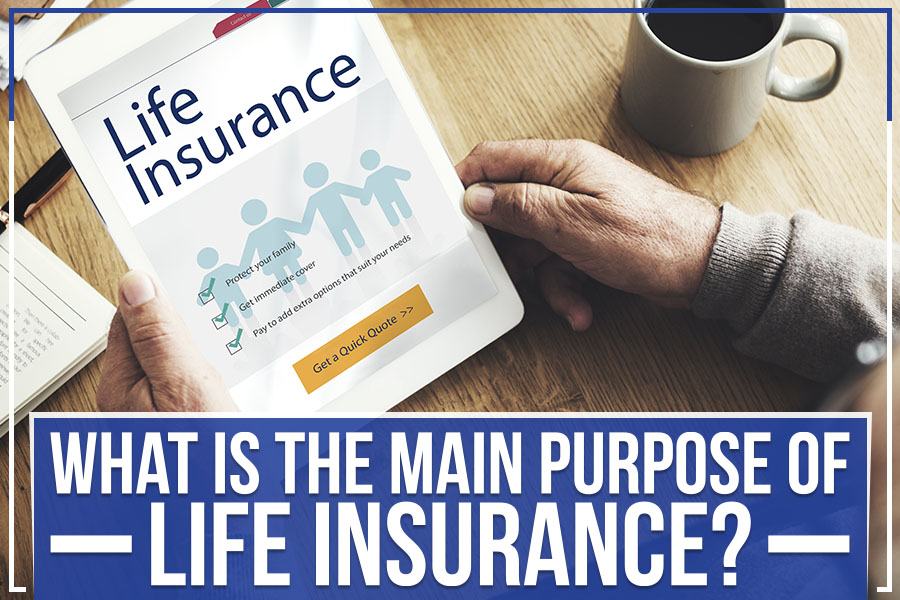The Buzz on Pacific Prime
Wiki Article
4 Easy Facts About Pacific Prime Shown
Table of ContentsPacific Prime Can Be Fun For EveryoneNot known Facts About Pacific PrimeThe smart Trick of Pacific Prime That Nobody is DiscussingLittle Known Questions About Pacific Prime.The Best Guide To Pacific Prime

This is due to the fact that the data were gathered for a period of strong financial performance. Of the estimated 42 million individuals who were without insurance, almost concerning 420,000 (regarding 1 percent) were under 65 years old, the age at which most Americans end up being eligible for Medicare; 32 million were adults in between ages 18 and 65, about 19 percent of all adults in this age; and 10 million were kids under 18 years of age, about 13.9 percent of all kids (Mills, 2000).
These price quotes of the number of persons without insurance are generated from the annual March Supplement to the Present Population Study (CPS), carried out by the Census Bureau. Unless otherwise noted, nationwide price quotes of individuals without medical insurance and percentages of the populace with various type of insurance coverage are based on the CPS, one of the most widely utilized resource of quotes of insurance policy coverage and uninsurance prices.
Pacific Prime Can Be Fun For Anyone

Still, the CPS is specifically helpful because it generates annual estimates relatively swiftly, reporting the previous year's insurance protection estimates each September, and due to the fact that it is the basis for a regular collection of price quotes for more than 20 years, enabling evaluation of patterns in protection in time. For these reasons, along with the considerable use the CPS in other research studies of insurance protection that exist in this report, we count on CPS quotes, with restrictions kept in mind.

The quote of the variety of without insurance individuals expands when a populace's insurance coverage status is tracked for numerous years. Over a three-year period starting early in 1993, 72 million individuals, 29 percent of the U.S. https://telegra.ph/Pacific-Prime-Your-Trusted-Source-for-International-Health-Insurance-04-02. populace, were without coverage for at least one month. Within a single year (1994 ), 53 million people experienced a minimum of a month without coverage (Bennefield, 1998a)
Six out additional hints of every 10 without insurance grownups are themselves used. Functioning does improve the possibility that one and one's household members will certainly have insurance coverage, it is not a guarantee. Even participants of family members with two permanent breadwinner have virtually a one-in-ten possibility of being without insurance (9.1 percent without insurance rate) (Hoffman and Pohl, 2000).
Getting My Pacific Prime To Work
New immigrants account for a substantial proportion of people without medical insurance. One evaluation has attributed a considerable section of the recent development in the dimension of the U.S. without insurance populace to immigrants who arrived in the country between 1994 and 1998 (Camarota and Edwards, 2000). Recent immigrants (those that came to the USA within the previous 4 years) do have a high rate of being without insurance (46 percent), yet they and their children represent simply 6 percent of those without insurance policy nationally (Holahan et al., 2001).The connection between health and wellness insurance coverage and accessibility to care is well developed, as recorded later on in this chapter. Although the partnership in between wellness insurance and health and wellness end results is neither straight nor basic, a substantial clinical and health and wellness services research study literature web links medical insurance coverage to improved accessibility to care, far better quality, and improved individual and populace health and wellness condition.
Degrees of evaluation for analyzing the impacts of uninsurance. This conversation of health and wellness insurance policy protection concentrates largely on the U.S. population under age 65 because basically all Americans 65 and older have Medicare or other public insurance coverage. It focuses specifically on those without any type of health insurance policy for any type of length of time.
Some Of Pacific Prime
The issues faced by the underinsured are in some aspects comparable to those dealt with by the uninsured, although they are generally less extreme. Wellness insurance coverage, nevertheless, is neither necessary nor adequate to get access to medical services. The independent and straight effect of health insurance protection on access to wellness services is well established.
Others will get the health treatment they need also without medical insurance, by paying for it expense or seeking it from providers that supply treatment cost-free or at extremely subsidized prices. For still others, health insurance alone does not ensure invoice of care due to other nonfinancial obstacles, such as a lack of healthcare providers in their area, limited access to transport, illiteracy, or linguistic and cultural distinctions.
Little Known Facts About Pacific Prime.
Official research study about without insurance populations in the USA dates to the late 1920s and early 1930s when the Committee on the Cost of Medical Care generated a series of records about financing medical professional office visits and hospital stays. This issue came to be significant as the varieties of medically indigent climbed up during the Great Anxiety.Report this wiki page